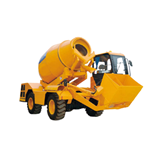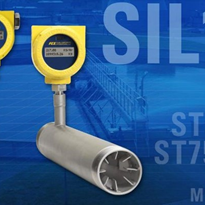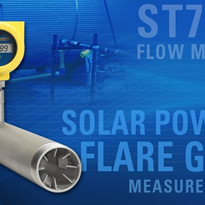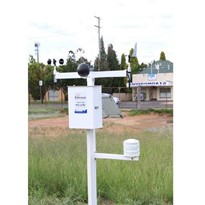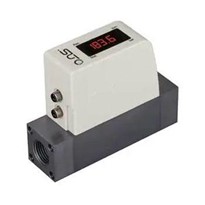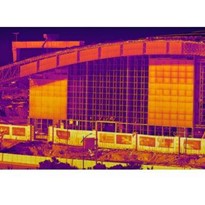Heat is a form of energy like any other, it can be transferred and stored, but not created nor destroyed. The thermal mass in a building will transfer heat between it and the environment until it reaches equilibrium.
Heavyweight building materials, like concrete and bricks, have a high thermal mass. Concrete has the highest ability to absorb heat of any of the common building materials. If you've leant against a brick or concrete building after a warm day, you can feel the heat the masonry has absorbed. In the days before air-conditioning, the best place to be in summer was on the concrete floor under the kitchen table. The temperature-lag effect is directly related to the thermal mass of that material.
Insulation is an important part of effectively using thermal mass. Much of the literature on the internet will refer to building with concrete alone as being a way to effectively passively regulate the temperature in a building. This is true for 1-2 hours. The concrete will absorb the solar radiation for a short period until it cannot anymore. After this point, it will transmit the heat inside the building, heating it. Similarly in winter, the cold (low energy) outside of the concrete will "suck out" the heat energy from the inside.
The Australian way of insulating is, frankly, wrong. We build with the concrete or bricks on the outside and then insulate the inside. The effect of thermal mass is completely nullified and wasted. Not to mention the fact that in winter you have a heavy, cold mass drawing out heat from the inside to warm up the outside.
In Europe, when temperatures drop to near 0, life is put at risk. In Australia, when temperatures rise to 40+, we just get hot and sweaty. Europeans and Australians both seek comfort, but in Europe the consequences of poor insulation and freezing temperatures are obviously greater. It uses the same energy to cool a building to living temperature (21 degrees) as it does to heat one by the same amount. Why do Australians insulate differently to Europeans? We're doing our best to change that.
All around the rest of the world, Europe, North America, South Africa, buildings are insulated from the outside, and the mass of the building is part of the interior insulated envelope.
In this case, in summer you have a heat sink for any energy entering through the 'weak spots' in the envelope – usually the windows. Very little heat transfers through the insulation – if it is done correctly with no thermal bridging. Over the course of a 38 degree day, the temperature will increase by around 5 degrees. With a bit of smart management, opening the windows when the evening breeze starts to blow, you can let nature carry heat energy out of the building and reset the ability of the mass to absorb the heat of the following day. Of course, towards the end of an Australian summer, ambient temperatures rise and stay hot for days on end – but a high thermal mass building will still be more comfortable.
In the winter, good planning will have the winter sun shine in the windows and allow the interior mass to heat up. Space heating will also transfer heat into the mass. At night when the ambient temperature drops, the mass will radiate the heat back into the room keeping it comfortable and warm.
The intelligent use of a high-thermal mass building system, like Thermomass, will drastically reduce the energy use of the building. Once you understand the science, it's very simple.
Talk to Composite Global Solutions today about utilising thermal mass in your new building.


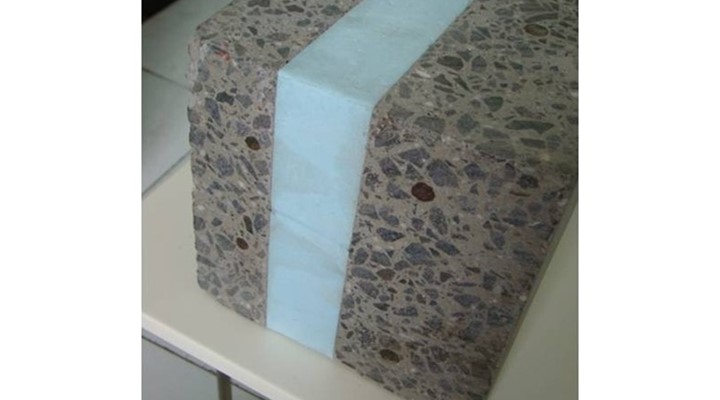
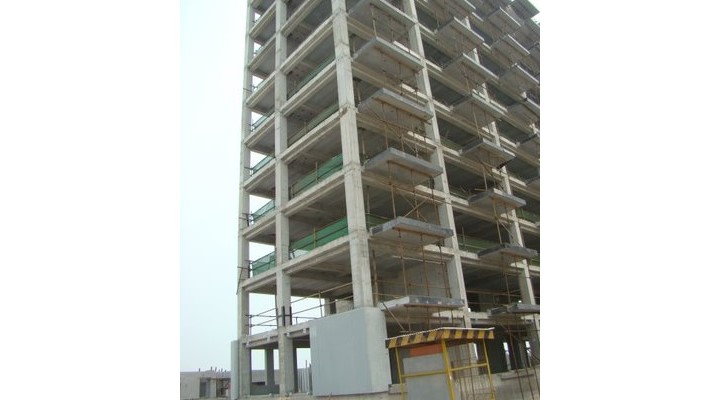
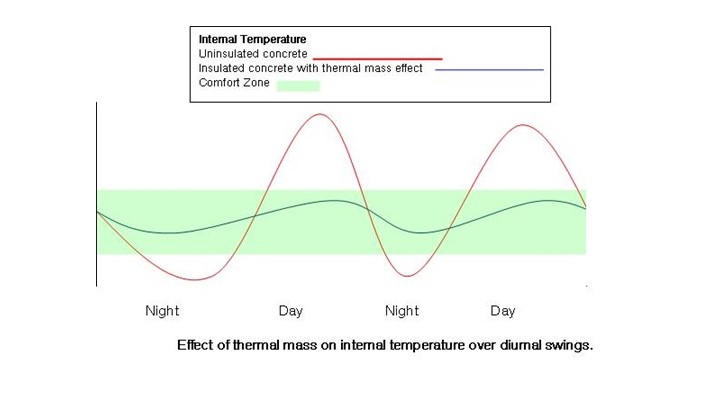




-160x160-state_article-rel-cat.jpg)




